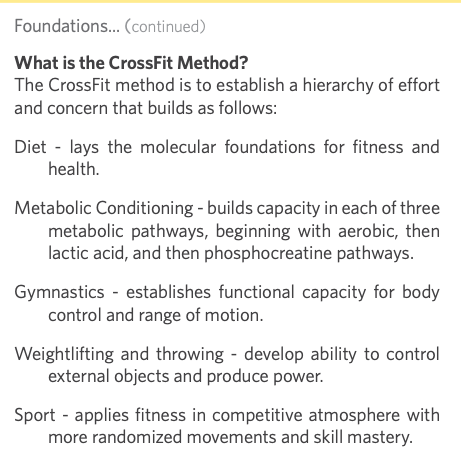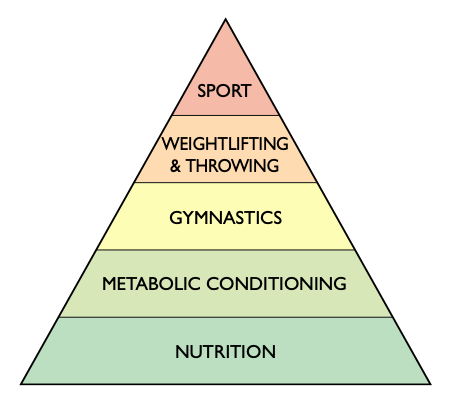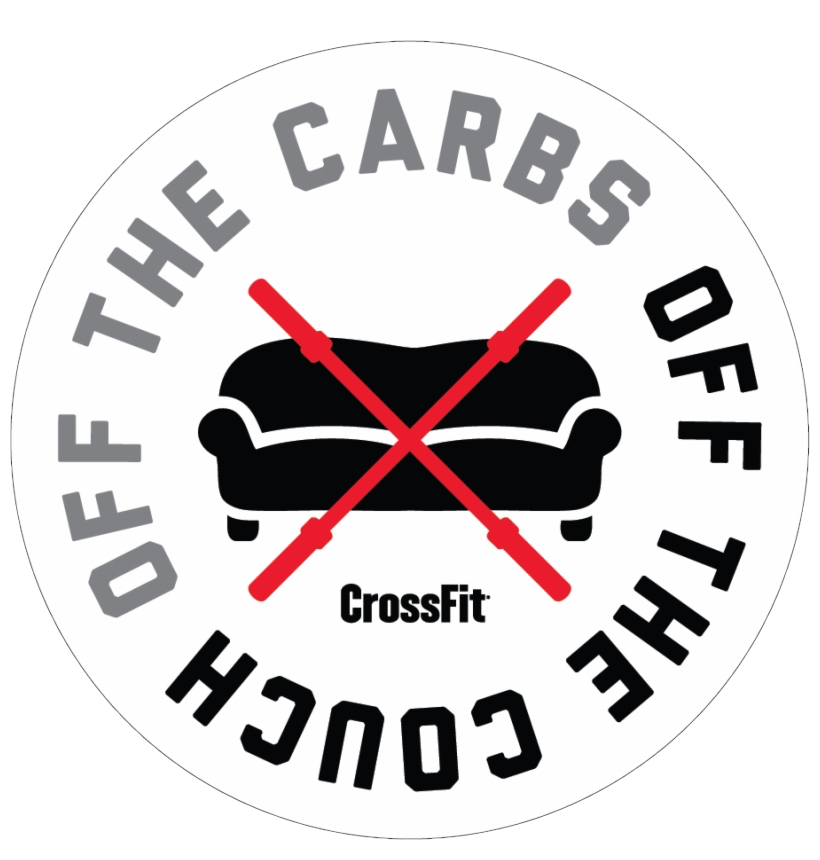This is a two part blog post about the reassessment of how to best serve our members.
We’ve been providing our services for over ten years, and throughout that time we’ve done our best to adapt and improve what we offer.
As with everything in life, if we’re not evolving we’re dying. So, it’s time for the next evolution.
Introduction: What Is CrossFit Spur?
I just finished answering this question for a prospective member. By avoiding it.
I can’t explain what it is in an email. I can barely explain what it is in person. A visit to Spur gives a much better idea, but it still doesn’t quite do the job. You need to be immersed to begin understanding.
As the owner I’ve also changed my mind on what I want Spur to be. I’ve always wanted to provide the best possible means of health and fitness for anyone willing to try.
We pride ourselves on amazing coaches, holding movement to a high standard and making fitness enjoyable for all of our members. These things organically yield a community of people who care about and support each other as they work hard at getting a little better every day.
I’ve always patterned Spur as a gym and a business on the original CrossFit methodology developed by Greg Glassman.
The health aspect (CrossFit Health) has always been more appealing to me than the competitive aspect (CrossFit Games), and I think that’s reflected in the way Spur operates. We don’t frown upon competition by any means. In fact we embrace and love it, but that’s not all CrossFit consists of despite what many may think.
Now, I don’t think I’ve necessarily mastered anything but recently a quote from Glassman has been lingering in my mind.
“Stick to the basics and when you feel you’ve mastered them it’s time to start all over again, begin anew – again with the basics - this time paying closer attention.”
– Greg Glassman
So, I started back at the beginning. The CrossFit Level 1 Training Guide.
Page 9 of The CrossFit Training Guide reads as follows:

At the very top of the CrossFit Method hierarchy list is diet. Not only is this stated early on in the training guide, it also appears in the hierarchy of development at the most important position. The base. Nutrition is the foundation upon which all other health and fitness is built and as such should be given the most effort and concern.

Those who have taken the CrossFit Level 1 likely remember being nervous about the nutrition portion of the test. It consists of math, biology, physiology and has a bunch of science words that are hard to remember. There’s blocks, percentages, macronutrient values and it all feels very overwhelming.
Despite nutrition being at the top of the list and the base of the pyramid, it’s not nearly as appealing as the movement portion of the methodology.
No one wants to talk about meat and vegetables when they could be working on cleans and muscle ups.
I’m certainly guilty of retaining just enough to pass the nutrition section so I could focus on the fun exercise stuff.
True to the Glassman quote that’s been plaguing my thoughts I started back at nutrition but this time paid much closer attention.
My two main points of focus were;
– Why does nutrition have a much greater impact on health than exercise?
– How can I convey what I’ve learned (am learning) to Spur members in a meaningful manner?
Part 1: Why?
Before I started digging back into my physiology, biology and nutrition books I wanted to get a better understanding of science.
This could be an entire post in and of itself, but in short science is based upon predictive strength, or its ability to be replicated. It does not rely on consensus. “Seven out of ten doctors agree” is not science, it’s marketing.
My first deep dive was focused on cholesterol. I had been receiving a lot of questions regarding dietary fat, cholesterol, statins and various dietary recommendations.
As I started digging it became abundantly clear that dietary cholesterol has little to no impact on cardiovascular or metabolic disorders. These ailments are part of a much larger and more complex problem.
Metabolic derangement syndrome is a group of disorders (obesity, diabetes, hypertension, hypercholesterolemia, atherosclerosis, etc.) which are completely dependent upon each other and are largely caused by the same thing.
Modern medicine tells us we need to manage each of these disorders independently via pharmaceutical intervention and lifestyle change recommendations which are vague, largely based on poor or corrupted science and result in more questions than answers.
Physiology tells us these disorders can be reversed or cured through nutritional and exercise intervention backed by sound science which Glassman so elegantly delineates with the following
motto:

CrossFit Spur members already have “Off The Couch” taken care of. That’s easy – show up to Spur three or more times each week and our coaches will guide you through exactly what you need to do.
“Off The Carbs” however is another story. There’s one carbohydrate in particular that needs to be addressed before all other nutritional interventions and that is processed sugar.
Lately the negative impacts of sugar are becoming more prominent in the media. This is not new information, but it has historically been taboo (for various reasons) to present overconsumption of refined carbohydrates or sugar as the primary cause of our rampant metabolic dysfunction.
So why is sugar so bad?
Common sense tells us that it’s the primary ingredient in junk food and junk food makes us fat.
True, but why?
It’s not excessive “empty calories” as most nutritionists and doctors will tell you. The energy balance theory (calories in vs. calories out) actually has little scientific backing. There isn’t a study which provides compelling evidence of energy in vs. energy out being the primary factor in weight gain or loss.
So if it’s not as simple as eating less and moving more what is it?
Glycation.
Glycation is the bonding of a glucose (sugar) molecule to a fat or a protein. The most abundant example of this is glycated hemoglobin AKA “blood sugar” which is measured with an A1C test.
Glycation in the blood is associated with diabetes.
Glycation in the eyes is associated with cataracts and retinopathy.
Glycation in the brain is associated with Alzheimer’s and Parkinson’s.
Glycation in the arteries is associated with atherosclerosis and arterial plaque.
The process of glycation creates what are called advanced glycation end products, or AGEs. These AGEs travel through the blood stream and wreak on our cellular health and metabolic function as in the examples above.
This however is just a small sample of the cellular and mitochondrial damage glycation and AGEs impose on the body.
A big problem with pathogenic glycation is the delayed presentation of symptoms. The metabolic disorders listed above typically arise later in life, but they are the result of damage we willfully inflict for many years prior.
The sooner we eliminate refined carbohydrate consumption the sooner we reduce glycation, the accumulation AGEs, cellular damage and the profound metabolic derangement that occurs as a result.
Nutrition is far more important than exercise alone. It’s also far less complicated. But we all know simply giving up sugar is an exceptionally difficult task.
Part 2: How?
(coming soon)
